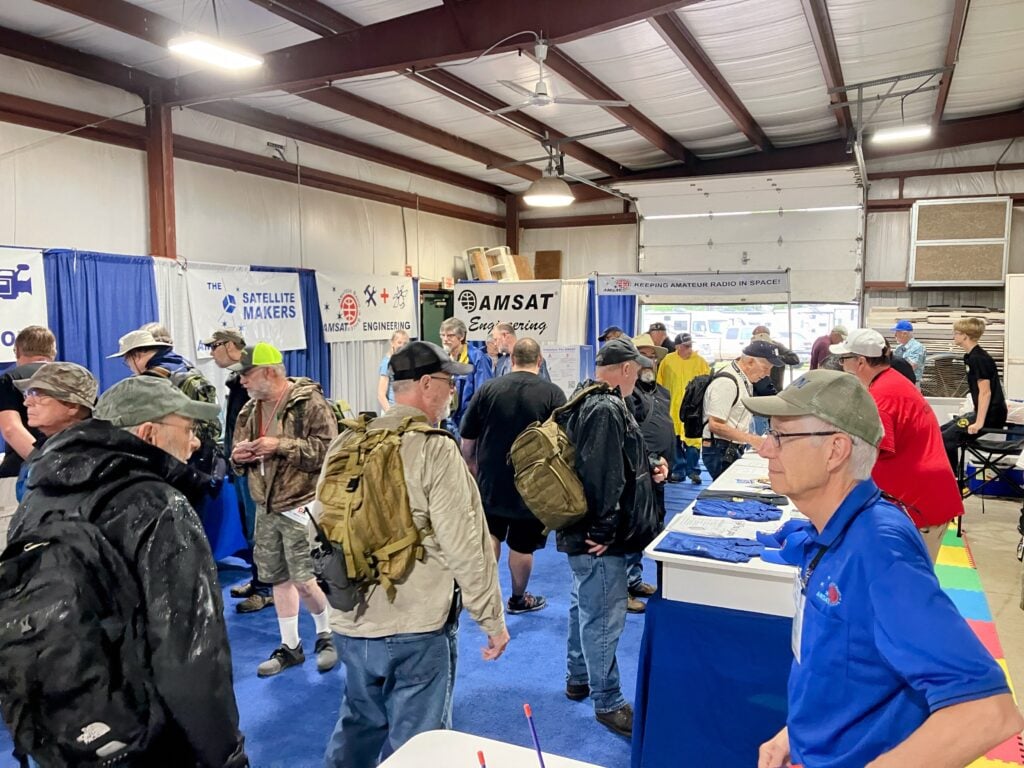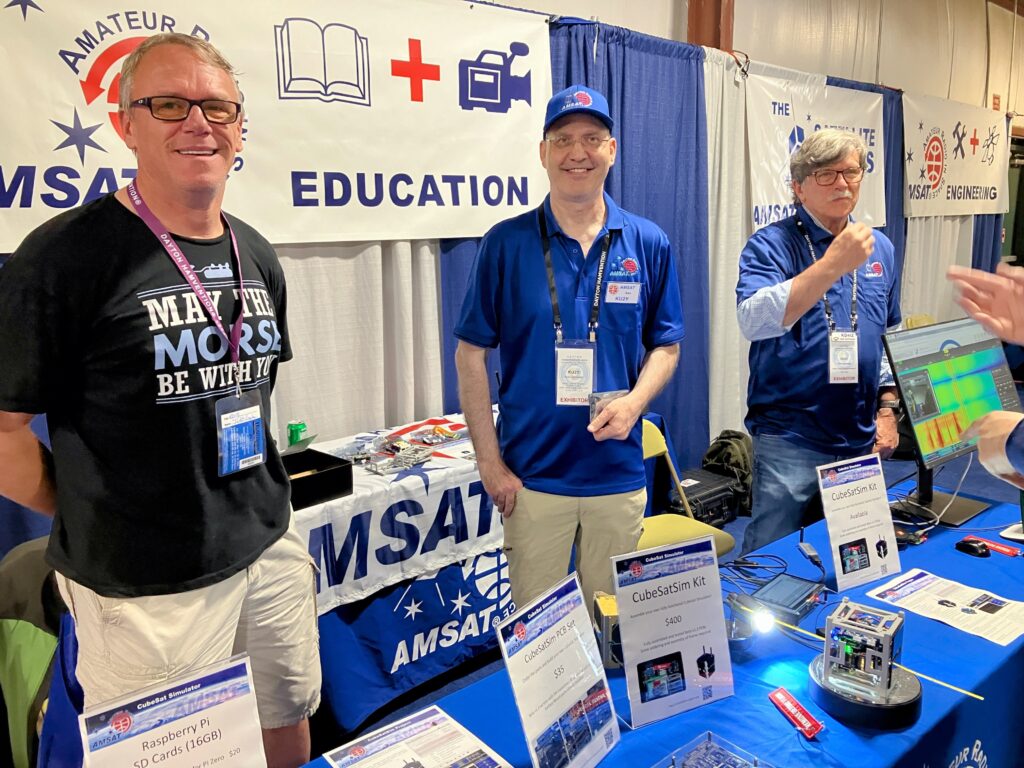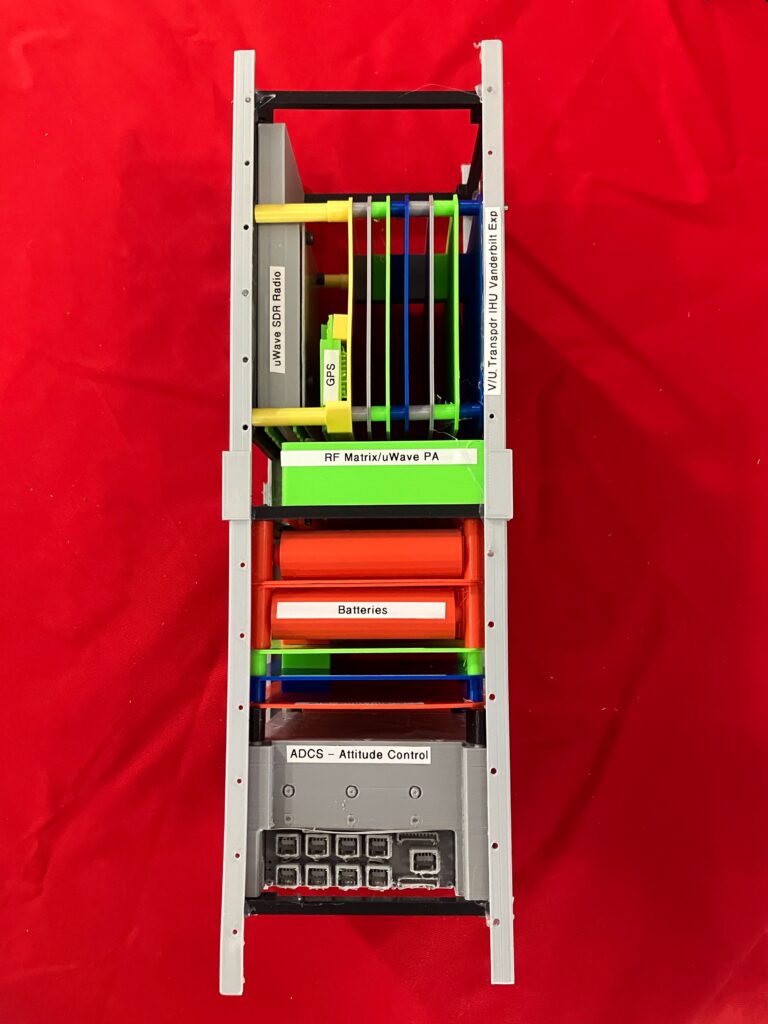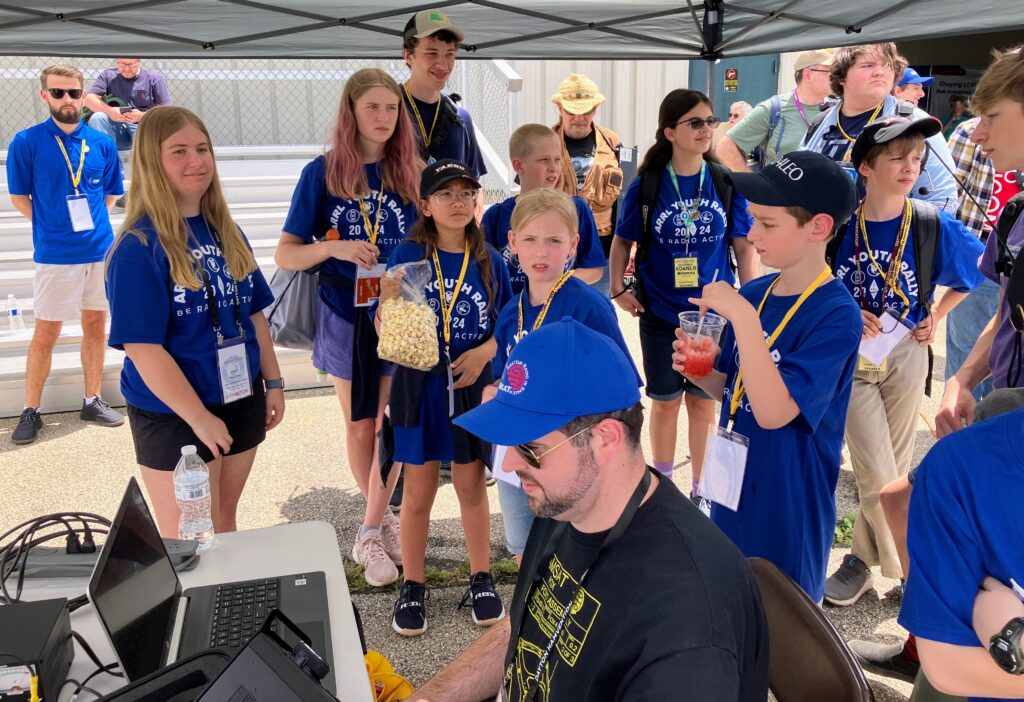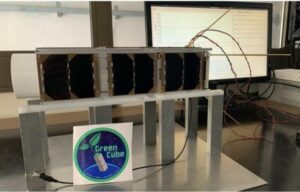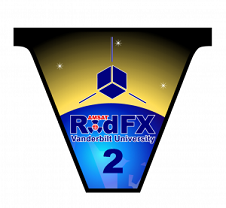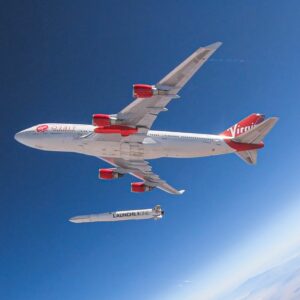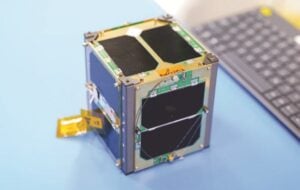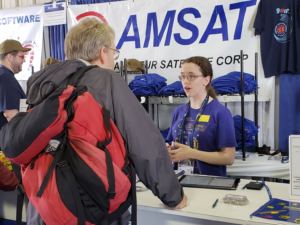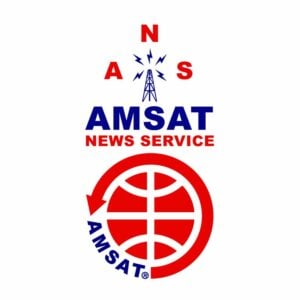
AMSAT News Service
ANS-175
June 23, 2024
In this edition:
- ELaNa 43 Launch Carrying MESAT-1 Scheduled for June 27, 2024
- AMSAT Board of Directors Nominees Announced
- AMSAT Mail Alias Service to End August 1, 2024
- Video of AMSAT Engineering Q&A Sessions Available
- Changes to AMSAT TLE Distribution for June 21, 2024
- ARISS News
- Upcoming Satellite Operations
- AMSAT Ambassador Activities
- Satellite Shorts From All Over
The AMSAT News Service bulletins are a free, weekly news and information service of AMSAT, The Radio Amateur Satellite Corporation. ANS publishes news related to Amateur Radio in Space including reports on the activities of a worldwide group of Amateur Radio operators who share an active interest in designing, building, launching and communicating through analog and digital Amateur Radio satellites.
The news feed on https://www.amsat.org publishes news of Amateur Radio in Space as soon as our volunteers can post it.
Please send any amateur satellite news or reports to: ans-editor [at] amsat.org
You can sign up for free e-mail delivery of the AMSAT News Service Bulletins via the ANS List; to join this list see: https://mailman.amsat.org/postorius/lists/ans.amsat.org/
Save the Date! Symposium 2024

Mark your calendar now for the 2024 AMSAT Symposium,
October 25-27, 2024 at the Doubletree by Hilton Tampa Rocky Point Waterfront in Tampa, Florida!
ELaNa 43 Launch Carrying MESAT-1 Scheduled for June 27, 2024
| MESAT-1 – Launch June 27, 2024 | |||
| Uplink LSB | 145.910 MHz | through | 145.940 MHz |
| Downlink USB | 435.810 MHz | through | 435.840 MHz |
| AMSAT LTM-1 Transponder – 1200 bps FoxTelem BPSK beacon 435.800 MHz | |||
[ANS thanks NASA and AMSAT Engineering for the above information]
AMSAT Board of Directors Nominees Announced
The nomination period for the 2024 AMSAT Board of Directors Election ended on June 15th. The following candidates have been duly nominated:
- Mark Hammond, N8MH
- Frank Karnauskas, N1UW
- Bruce Paige, KK5DO
- Paul Stoetzer, N8HM
- Douglas Tabor, N6UA
As three seats on the Board of Directors are up for election this year, the three candidates receiving the largest number of votes shall be declared elected to the seats. The two candidates receiving the next largest number of votes shall be declared First Alternate and Second Alternate, respectively. The voting process will be conducted via AMSAT’s Wild Apricot membership system and will commence on July 15th. Instructions for voting will be emailed to all members in good standing as of July 1st by July 15th. The voting period shall conclude on September 15th and results will be announced not later than September 30th.
Biographies of the candidates will be available for review online and published in the next edition of The AMSAT Journal.
[ANS thanks Jeff Davis, KE9V, AMSAT Secretary, for the above information]
AMSAT Mail Alias Service to End August 1, 2024
A long-standing member service, the AMSAT Mail Alias Service is scheduled to end on August 1, 2024. A mail alias on AMSAT.ORG permitted people to send an email to members without knowing their actual internet email address. They just needed to know their amateur radio callsign.
Unfortunately, the unchecked rise in domain name hacking and email account high-jacking has made it impossible to sustain this service at a cost-effective level. The number of [email protected] email accounts that had been hijacked and converted to zombie spam accounts over the years had led many internet service providers and gateway centers to ban all @amsat.org email addresses, including those business accounts of AMSAT officers and officials. The tireless efforts of AMSAT’s all volunteer IT staff has worked for years to repair much of the damage, but AMSAT still get complaints from members who are not getting their personal emails, ANS bulletins or AMSAT-BB posts because of persistent delivery problems.
It has come to the point where the AMSAT volunteer IT staff can no longer keep up with the maintenance requirements to keep the alias mail list clean and to work with email gateways to remove blocks. And, after considerable investigation into alternative paid email services, AMSAT leadership decided that the money required to keep an email alias system alive would be better spent on building and flying satellites for its members.
Persons using the Mail Alias Service should begin to migrate to different email accounts so they do not lose receipt of personal emails, AMSAT News Service Weekly Bulletins, AMSAT-BB posts, or official messages from AMSAT itself. Members are especially asked to make sure they are NOT using a [email protected] as their registered email address in the AMSAT membership portal. Members can easily change their registered member email address by logging into the portal and updating their profile.
[ANS thanks AMSAT for the above information]
Video of AMSAT Engineering Q&A Sessions Available
AMSAT Vice President – Engineering, Jerry Buxton, NØJY, hosted Q&A “social gathering” live streams on YouTube and Twitch, as he mentioned in his Hamvention “They Cancelled All My Flights” video where he followed up and answered questions on developments with GOLF, Fox Plus, and other projects.
Archived videos of these sessions can be found at https://www.youtube.com/@n0jy/streams
Note: If you read this at the time of publication, the final session may be ongoing as it is scheduled to run from 00:01 UTC to 02:00 UTC on Sunday, June 23rd.
[ANS thanks Jerry Buxton, N0JY, AMSAT Vice President – Engineering, for the above information]
The 2024 Coins Are Here Now!
Help Support GOLF and Fox Plus.
Join the AMSAT President’s Club today!
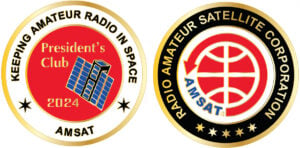
Changes to AMSAT TLE Distribution for June 21, 2024
Two Line Elements or TLEs, often referred to as Keplerian elements or keps in the amateur community, are the inputs to the SGP4 standard mathematical model of spacecraft orbits used by most amateur tracking programs. Weekly updates are completely adequate for most amateur satellites. TLE bulletin files are updated Thursday evenings around 2300 UTC, or more frequently if new high interest satellites are launched. More information may be found at https://www.amsat.org/keplerian-elements-resources/
This week there are no additions or deletions to the AMSAT TLE distribution.
[ANS thanks Joe Fitzgerald, KM1P, AMSAT Orbital Elements Manager, for the above information]
Need new satellite antennas?
Purchase an M2 LEO-Pack from the AMSAT Store!
When you purchase through AMSAT, a portion of the proceeds goes towards Keeping Amateur Radio in Space.

ARISS News
Amateurs and others around the world may listen in on contacts between amateurs operating in schools and allowing students to interact with astronauts and cosmonauts aboard the International Space Station. The downlink frequency on which to listen is 145.800 MHz worldwide.
Complejo Educativo Nuestra Señora de Fátima N° 1139 and N° 8119, Pérez, Argentina, Telebridge via VK6MJ
The ISS callsign is presently scheduled to be NA1SS
The scheduled crewmember is Jeanette Epps KF5QNU
The ARISS mentor is VE6JBJ
Contact is go for: Thu 2024-06-27 13:38:07 UTC 56 deg
As always, if there is an EVA, a docking, or an undocking; the ARISS radios are turned off as part of the safety protocol.
The crossband repeater continues to be active (145.990 MHz up {PL 67} & 437.800 MHz down), If any crewmember is so inclined, all they have to do is pick up the microphone, raise the volume up, and talk on the crossband repeater. So give a listen, you just never know.
Note, all times are approximate. It is recommended that you do your own orbital prediction or start listening about 10 minutes before the listed time.
The latest information on the operation mode can be found at https://www.ariss.org/current-status-of-iss-stations.html
The latest list of frequencies in use can be found at https://www.ariss.org/contact-the-iss.html
[ANS thanks Charlie Sufana, AJ9N, one of the ARISS operation team mentors for the above information]
Upcoming Satellite Operations
Quick Hits:
From Randy, ND0C:
From 24 June thru 7 July, we will be on another family camping vacation, which means another satellite roving expedition! This time, thru WI to MI and back thru IL and IA. No super rare grids but several that may be needed by many. The grids and passes will depend on where/when we happen to be while on the road or camping. This will be all LEO sats: FM & SSB. As always, I will try for EU passes on RS-44 when possible. Looking forward to pushing past the 100 grids-roved milestone. More info to come.
********************************************************************
JA2QJI/8 will be QRV on GreenCube/IO-117 from QN05 on 25th June. See hams.at for any additional details.
********************************************************************
From Mike, N8MR:
I will be in EN57, with roves to EN67 from Friday, June 28 thru Saturday, July 6. Using an Icom 9700, Arrow and Alaskan antennas. Listening for Europe on linear eastern passes. I can rove to EN56, only if needed. Posting passes to hams.at a day in advance. All QSOs to LoTW as N8MR.
********************************************************************
HB0/DK9JC should be QRV from JN47 on GreenCube/IO-117 on 26th June. See hams.at for any updates.
Major Roves:
[ANS thanks Ian Parsons, K5ZM, AMSAT Rover Page Manager, and Alex Ners, K6VHF, for the above information]
Want to fly the colors on your own grid expedition?
Get an AMSAT car flag and other neat stuff from our Zazzle store!
25% of the purchase price of each product goes towards Keeping Amateur Radio in Space
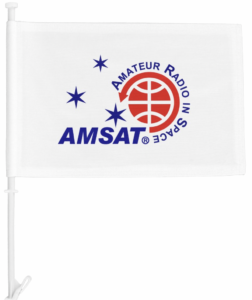
AMSAT Ambassador Activities
AMSAT Ambassadors provide presentations, demonstrate communicating through amateur satellites, and host information tables at club meetings, hamfests, conventions, maker faires, and other events.
AMSAT Ambassador Clint Bradford, K6LCS, says,
“Think a 75-minute presentation on “working the easy satellites” would be appropriate for your club or event? Let me know by emailing me at k6lcsclint (at) gmail (dot) com or calling me at 909-999-SATS (7287)!”
Clint has NEVER given the exact same show twice: EACH of the 150+ presentations so far has been customized/tailored to their audiences.
Scheduled Events
“Moon Day” Frontiers of Flight Museum
July 20, 2024
Love Field in Dallas, Texas
AMSAT volunteers needed! Contact tschuessler(at) amsat.org for more information.
Huntsville Hamfest
August 17-18, 2024
Huntsville, AL
AMSAT Booth and Forum
N8DEU and W4FCL
Northeast HamXpostion
August 22-25, 2024
Best Western Royal Plaza Hotel & Trade Center
181 Boston Post Road W
Marlborough, MA 01752
Greater Louisville Hamfest
September 7, 2024
Shepherdsville, KY
AMSAT Forum and Information Table
W4FCL
Central Kentucky Hamfest
October 5, 2024
Lexington, KY
AMSAT and Educational Satellites Forum and Information Table
AI4SR and W4FCL
North Star Radio Convention
October 5, 2024
Hennepin Technical College (North Campus)
Brooklyn Park, Minn.
AMSAT Forum and Information Table
KØJM and ADØHJ
2024 AMSAT Space Symposium and Annual General Meeting
October 25-27, 2024
Doubletree by Hilton Tampa Rocky Point Waterfront
3050 N Rocky Point Dr W
Tampa, FL 33607
[ANS thanks Clint Bradford, K6LCS, and AMSAT for the above information]
Satellite Shorts from All Over
+ If you participated in AMSAT Field Day, remember to submit your summary sheet and any photos or comments by July 23, 2024. Submission details can be found at https://www.amsat.org/field-day/
Join AMSAT today at https://launch.amsat.org/
In addition to regular membership, AMSAT offers membership to:
- Societies (a recognized group, clubs or organization).
- Primary and secondary school students are eligible for membership at one-half the standard yearly rate.
- Post-secondary school students enrolled in at least half time status shall be eligible for the student rate for a maximum of 6 post-secondary years in this status.
- Memberships are available for annual and lifetime terms.
Contact info [at] amsat.org for additional membership information.
73 and remember to help Keep Amateur Radio in Space!
This week’s ANS Editor,
Paul Stoetzer, N8HM
n8hm [at] amsat.org
ANS is a service of AMSAT, the Radio Amateur Satellite Corporation, 712 H Street NE, Suite 1653, Washington, DC 20002


